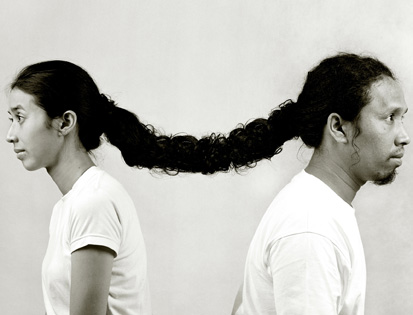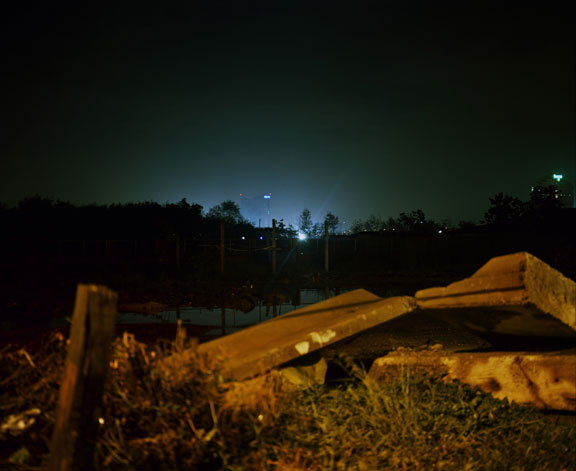Group Exhibition
CUT: New Photography from Southeast Asia
This groundbreaking exhibition of emerging photography from the Southeast Asian region focuses on young artists and the range of approaches to photography coming up now. For some time now, photography has been a major genre in the broader international art scene, yet it remains overlooked, and perhaps under-explored in the local contexts in our region. However, a younger generation of artists and photographers is probing the tremendous potential of photography, exploiting its powerful associations with memory, voyeurism, identity, exoticism, truth and illusion. CUT brings together a sense of how photography is emerging as a discipline, or base medium in contemporary art from Indonesia, Philippines, Thailand, Malaysia and Singapore.
Currently the line-up of 12 participating artists includes artists who work with photography as part of their practice such as Montri (Thailand), Poklong Anading (Philppines), Lena Cobangbang (Philippines), and Angki Purbandono (Indonesia), as well as artists who are focused more purely on photography such as Steve Tirona (Philippines), Sharon Lam (Malaysia), Tino Djumini (Indonesia) and Sherman Ong (Singapore). From Legoland dioramas to Hanoi in monsoon season to documented performance, the approaches at play are at turns raw, gutsy, dark, humorous and romantic. In the rapidly changing context of Southeast Asia, with its falling regimes and rising cities, these artists’ works offer a sharp slice into the realities and fantasies of our singular, and shared experiences.
CUT brings together 12 artists from Indonesia, the Philippines, Malaysia, and Thailand in an exploration of current and emerging approaches to photography in the region, both as a pure discipline, and as a base or key component in broader contemporary art practices. At turns raw, irreverent, poised, dark, humorous and romantic, working with space, portraiture, landscape, narrative and performance, they give an insight into the tremendous possibilities of an important medium so far overlooked in the local mainstream.





